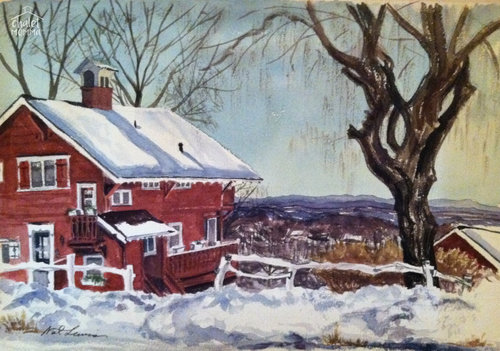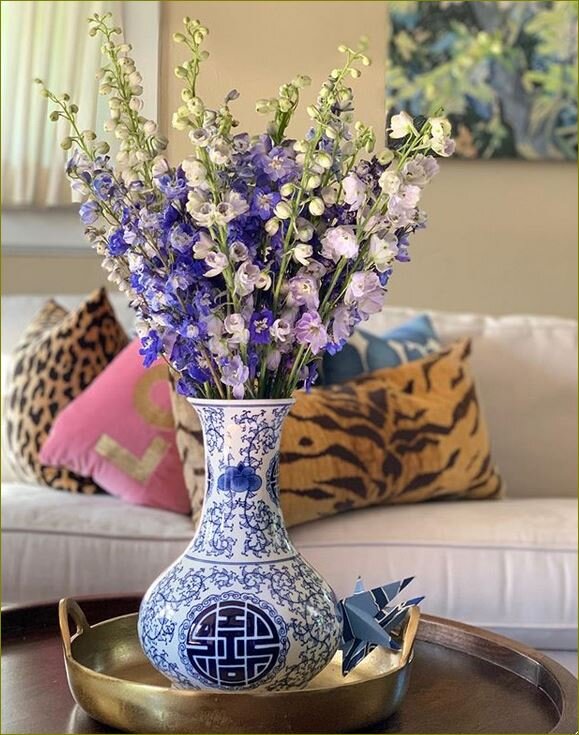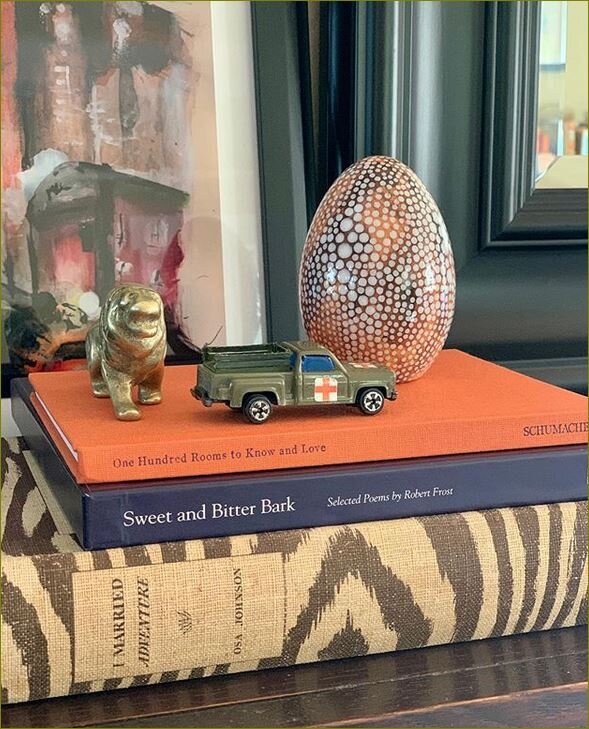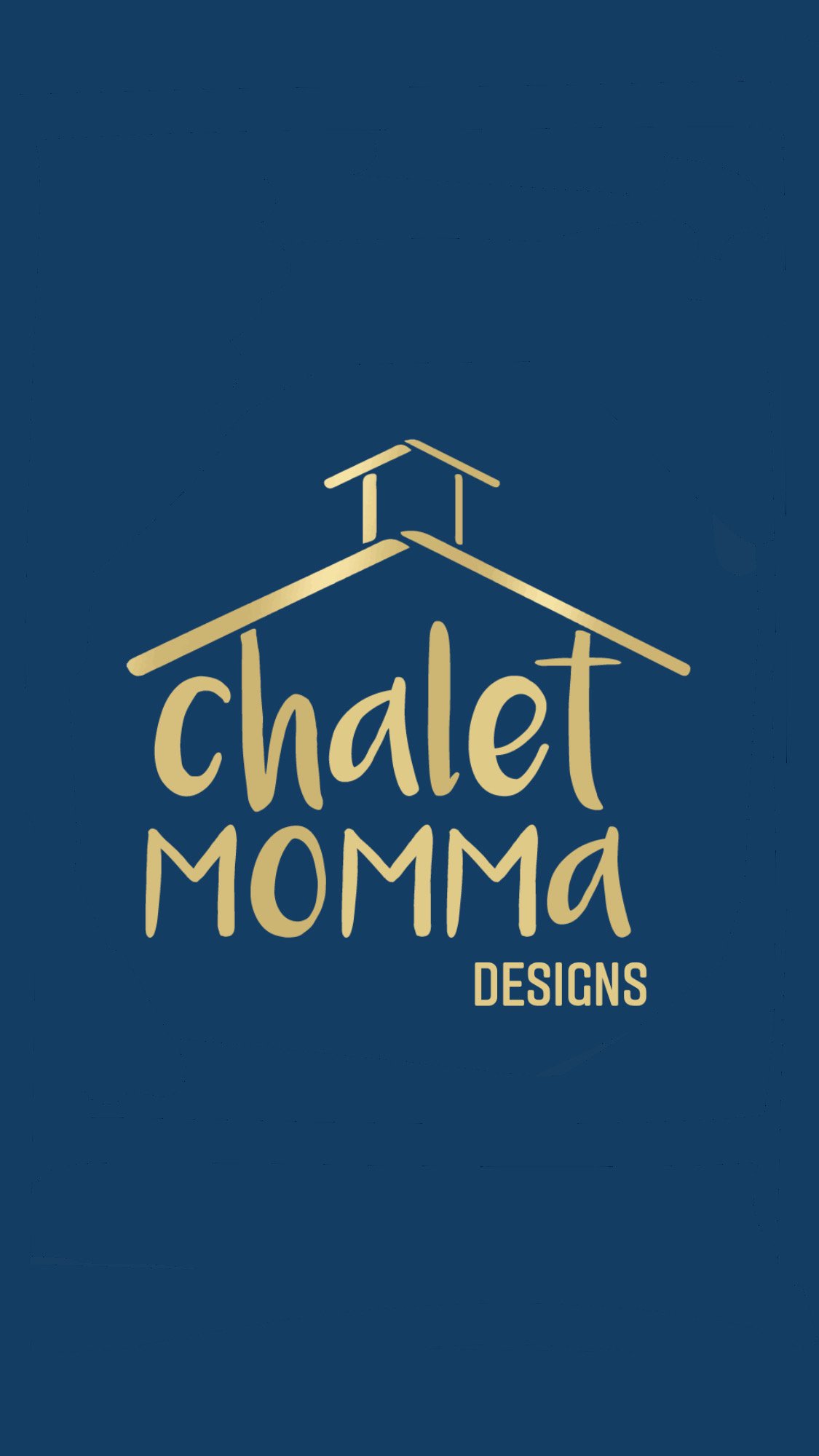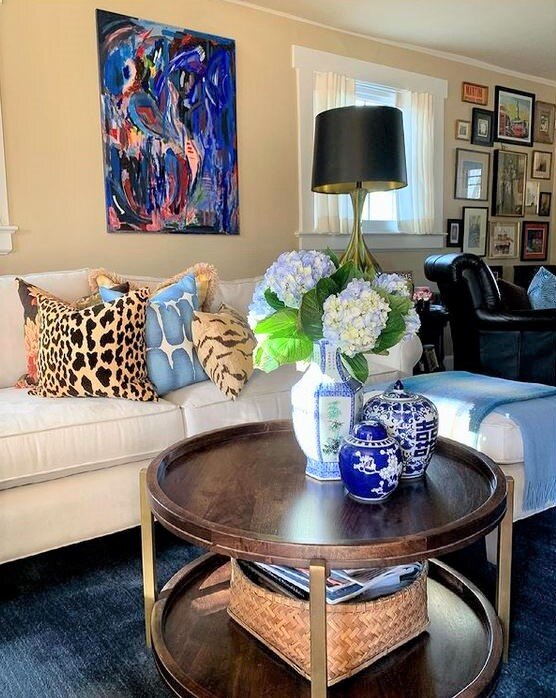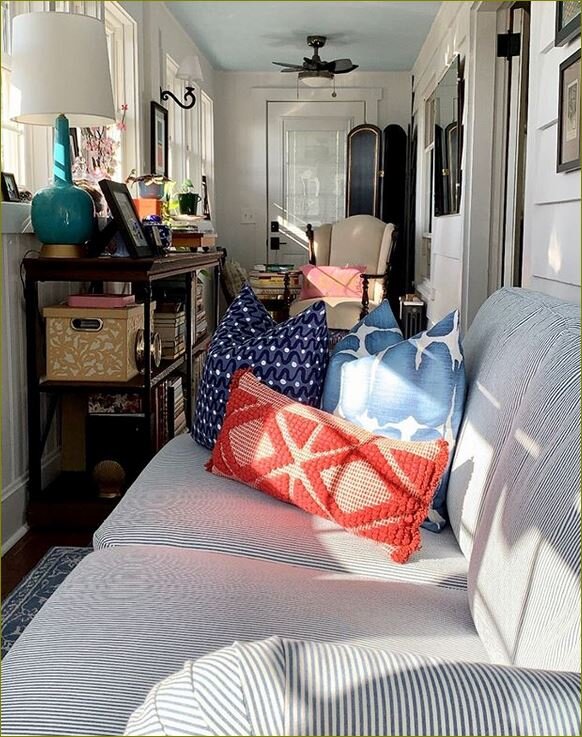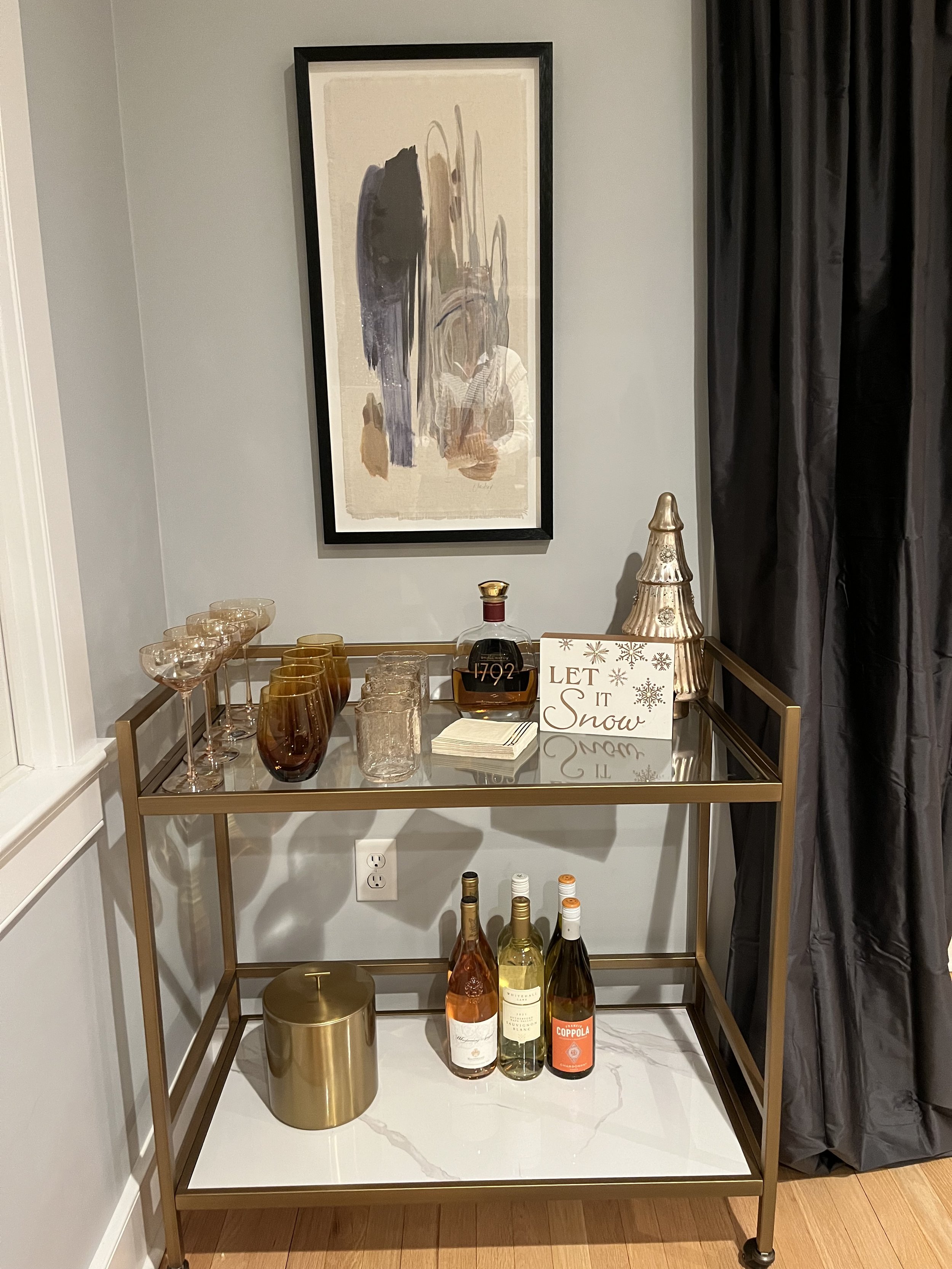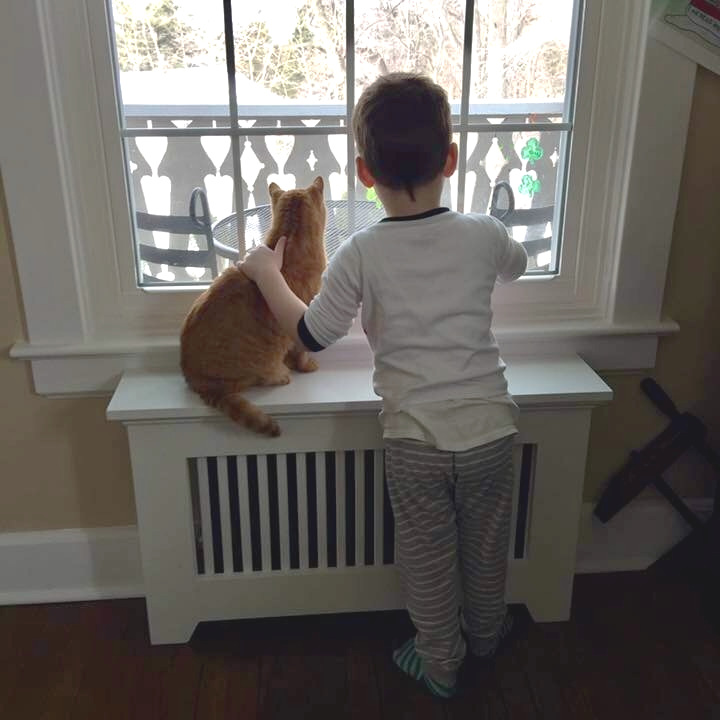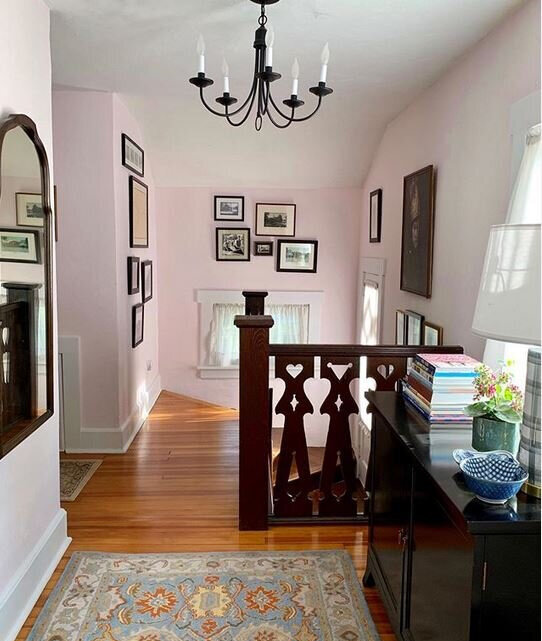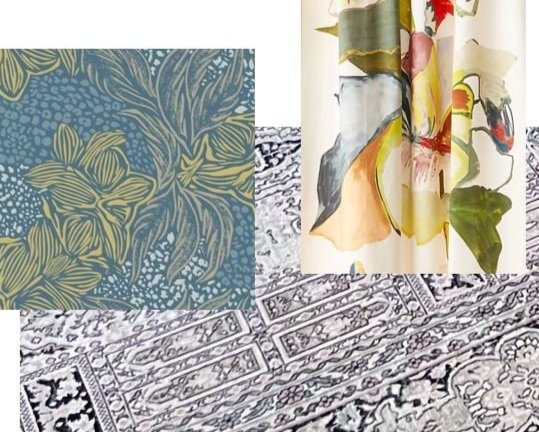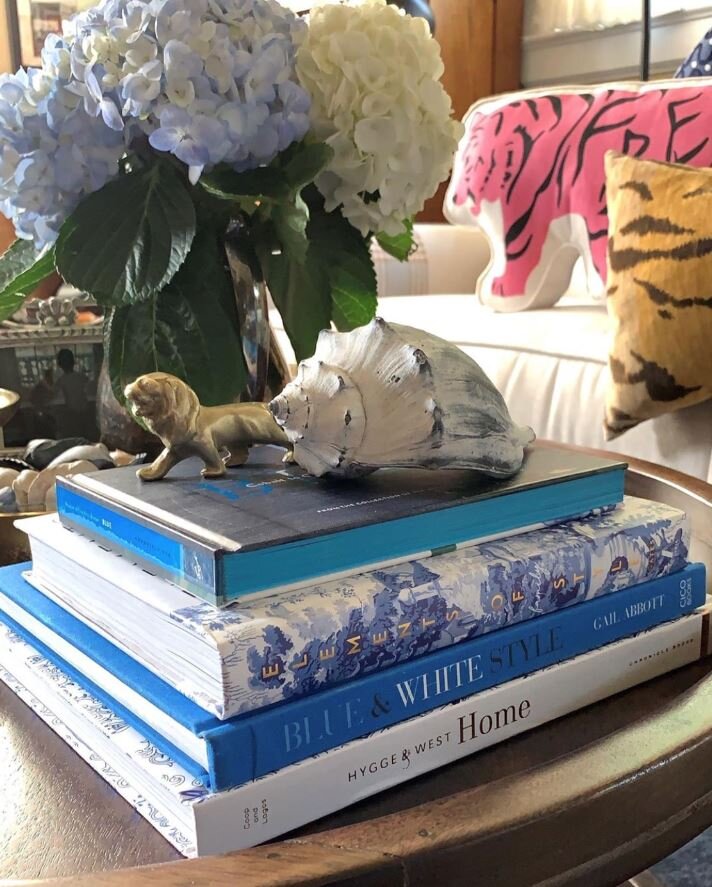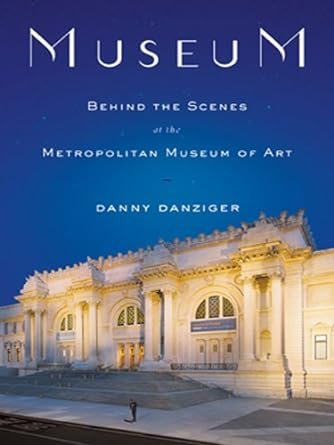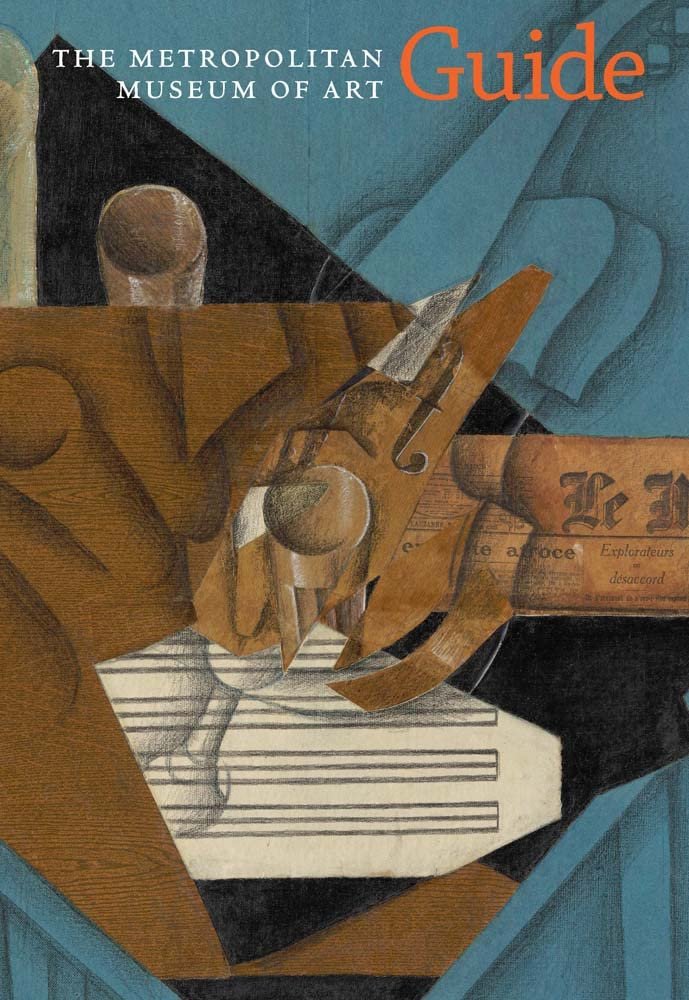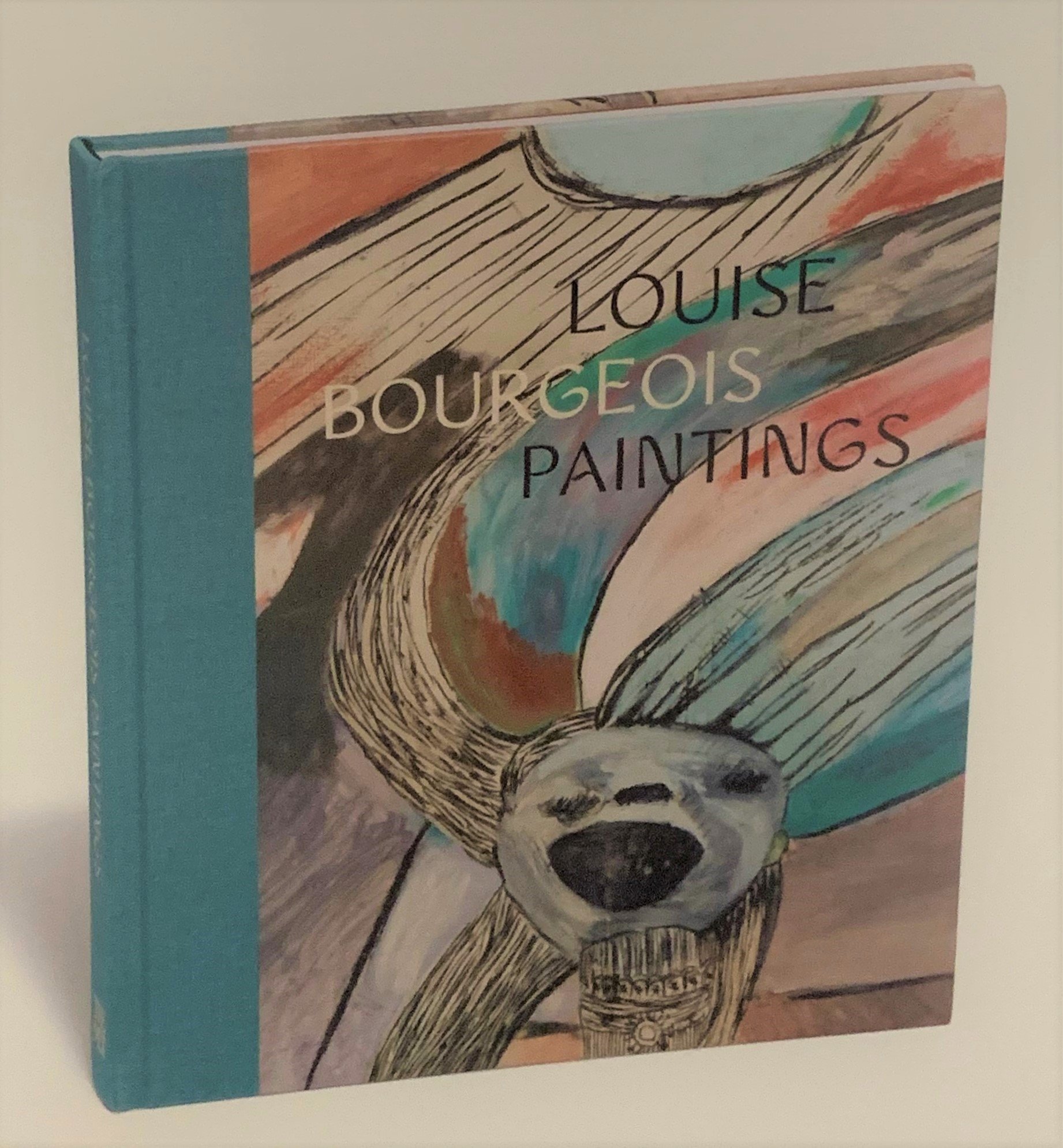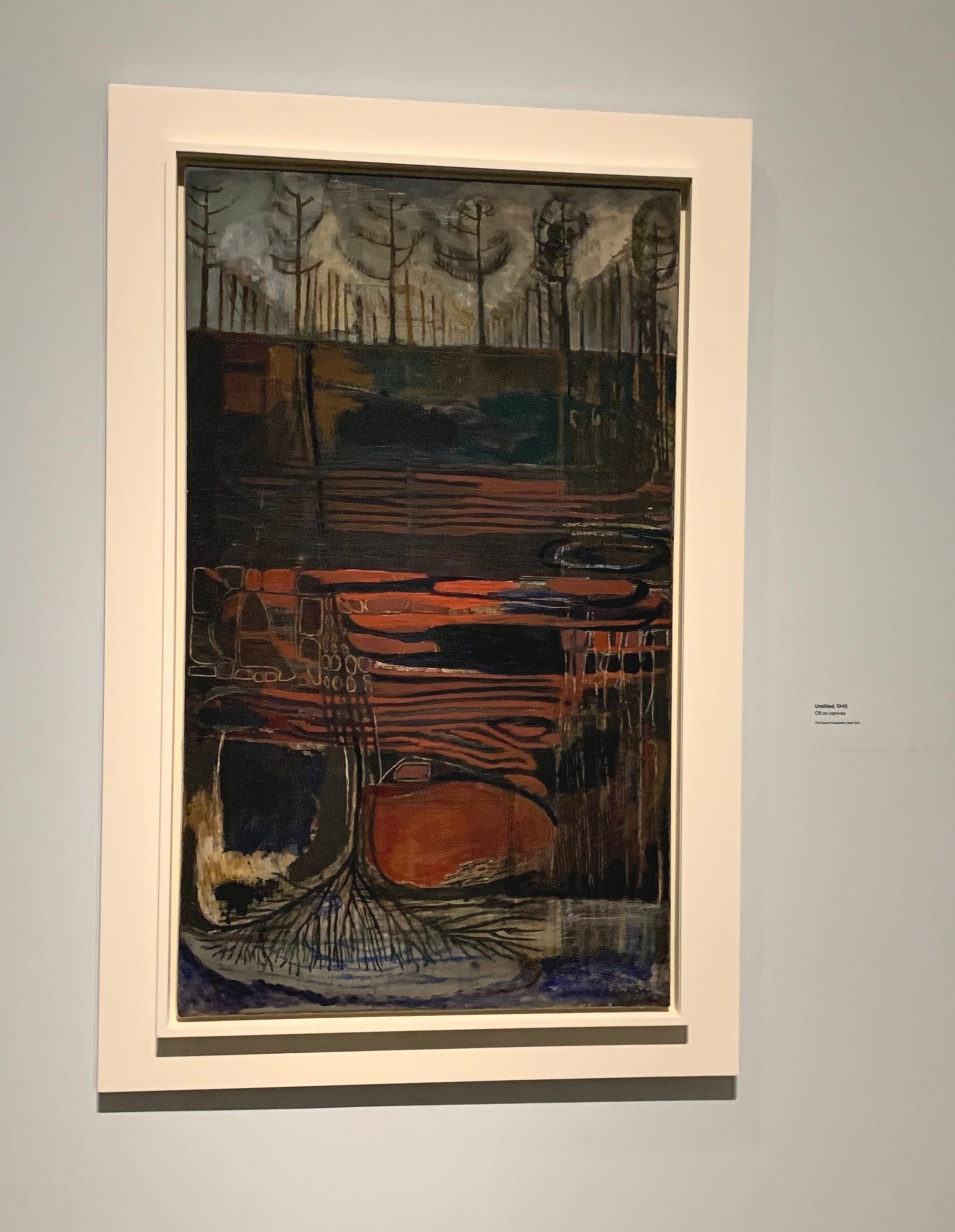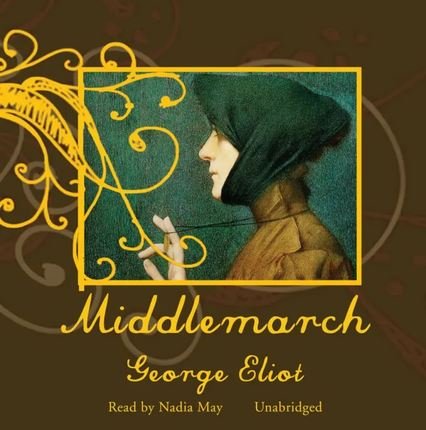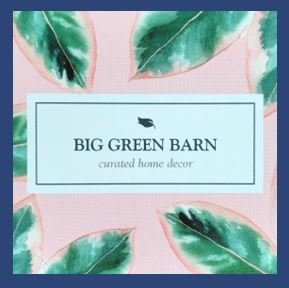The Majesty of The Metropolitan Museum of Art
/I love The Metropolitan Museum of Art it’s my second favorite place on earth behind the Chalet. Since I just finished the book All the Beauty in the World I thought I’d share a bit of the history of the institution and a few top reads I feel do a wonderful job offering insight or are just entertaining.
History of the Museum
The Metropolitan Museum of Art's earliest roots date back to 1866 in Paris. Several high-profile Americans residing in Paris put on a Fourth of July festival in celebration of the United States’ ninetieth birthday, with exhibits, performances, and speeches.
The well-known civil rights attorney John Jay II, was the key speaker at the event and his speech noted that New York had become one of the world’s great cities, but it lacked one thing that the great cities of Europe all had - a national institution of art that would represent the essence of American culture; “and thus are the European masterpieces of the olden and present time being rapidly gathered for our country from the Atlantic to the Pacific; and this thought suggests another, that now is the time for the American people to lay the foundation of a National Institute and Gallery of Art, and that the American gentlemen now in Europe are the men to inaugurate that plan” Under Jay's presidency, the Union League Club in New York rallied civic leaders, businessmen, artists, art collectors, and philanthropists to the cause.
On April 13, 1870, The Metropolitan Museum of Art was incorporated, opening to the public in the Dodworth Building at 681 Fifth Avenue. On November 20, 1870 the Museum acquired its first object, a Roman sarcophagus. On March 30, 1880, after a brief move to the Douglas Mansion at 128 West 14th Street, the Museum opened to the public at its current site on Fifth Avenue and 82nd Street. The architects Calvert Vaux and Jacob Wrey Mould designed the initial Ruskinian Gothic structure, the west facade is still visible in the Robert Lehman Wing. The building has since expanded greatly, and the various additions now completely surround the original structure. The Museum's Beaux-Arts Fifth Avenue facade and Great Hall, designed by the architect and founding Museum Trustee Richard Morris Hunt, opened to the public in December 1902.
A comprehensive plan for the Museum by architects Kevin Roche John Dinkeloo and Associates was approved in 1971 and completed in 1991. Among the additions to the Museum as part of the master plan are the Robert Lehman Wing (1975), which houses an extraordinary collection of Old Masters, as well as Impressionist and Post-Impressionist art; The Sackler Wing (1978), which houses the Temple of Dendur; The American Wing (1980), whose diverse collection includes 25 period rooms; The Michael C. Rockefeller Wing (1982) displaying the arts of Africa, Oceania, and the Americas; the Lila Acheson Wallace Wing (1987) of modern and contemporary art; and the Henry R. Kravis Wing (1991) devoted to European sculpture and decorative arts from the Renaissance to the beginning of the 20th century. To view the evolution of the structure click here.
The Museum’s collection has grown from it’s earliest days - the purchase of the Cesnola Collection of Cypriot art works dating from the Bronze Age to the end of the Roman period helped establish The Met's reputation as a major repository of classical antiquities. When the American painter John Kensett died in 1872, 38 of his canvases came to the Museum and in 1889 the Museum acquired two works by Édouard Manet. In 1907, the Museum acquired a work by Auguste Renoir, and in 1910, The Met was the first public institution in the world to acquire a work of art by Henri Matisse. The ancient Egyptian hippopotamus statuette that is now the Museum's unofficial mascot, "William," entered the collection in 1917. Today, virtually all of the Museum's 26,000 ancient Egyptian objects, the largest collection of Egyptian art outside of Cairo, are on display. By 1979, the Museum owned five of the fewer than 35 known paintings by Johannes Vermeer, and now The Met's 2,500 European paintings comprise one of the greatest such collections in the world. The American Wing now houses the world's most comprehensive collection of American paintings, sculpture, and decorative arts.
In 1998, the Arts of Korea gallery opened to the public, completing a major suite of galleries devoted to the arts of Asia. The Ancient Near Eastern Art galleries reopened to the public in 1999 following a renovation. In 2007, several major projects at the south end of the building were completed, most notably the 15-year renovation and reinstallation of the entire suite of Greek and Roman Art galleries. Galleries for Oceanic and Native North American Art also opened in 2007, as well as the new Galleries for Nineteenth and Early Twentieth Century Paintings and Sculpture and the Ruth and Harold D. Uris Center for Education.
Today, tens of thousands of objects are on view at any given time in the Museum's two-million-square-foot building.
Here are some great titles:
The Metropolitan Museum of Art: The History and Legacy of America’s Largest Art Museum - Charles River Editors 8/19/2018
I love this book it is a very small volume packed with details. From the beginning, the Met has been unique, because unlike many European museums, the support for the sprawling New York City museum came from modern tycoons and philanthropists. Like the rest of the city, the museum grew quickly, as the millionaires of New York and other cities around the nation vied to see who could donate the most paintings or objects of art.
From the Mixed-Up Files of Mrs. Basil E. Frankweiler 1/1/1967
The Newberry Medal winner tells the tale of Claudia. When she decided to run away from home planned very carefully and wanting to be comfortable deemed the Metropolitan Museum of Art the perfect place to stay. She saved her money and invited her brother Jamie to come along mostly because he was a miser and would have money. But once the fun of settling in was over, Claudia had two unexpected problems: She felt just the same and she wanted to feel different; and she found a statue at the Museum so beautiful she could not go home until she discovered its maker, a question that baffled the experts, too.
Museum: Behind the Scenes of the Metropolitan Museum of Art 6/21/2007
Using more than fifty interviews, award-winning writer Danny Danziger creates a fascinating mosaic of the people behind New York’s Metropolitan Museum of Art. From the aristocratic, acerbic (now former) director of the museum, Philippe de Montebello, to the curators with deep knowledge and passionate appreciation of the collections, from the security guards to the philanthropists who keep the museums financial life alive and thriving.
The Metropolitan Museum of Art: Masterpiece Paintings 9/13/2016
As the first large survey published in 30 years of the Met's paintings collection it is the first to celebrate the greatest and most iconic paintings of one of the largest, most important, and most beloved museums in the world. This impressive book’s broad sweep of material, all from a single museum, makes it at once a universal history of painting and the ideal introduction to the iconic masterworks of this world-renowned institution.
The Metropolitan Museum of Art Guide 6/25/2019
More than a simple souvenir book, The Metropolitan Museum of Art Guide provides a comprehensive view of art history spanning five millennia and the entire globe, beginning with the ancient world and ending in contemporary times.
Metropolitan Stories - Christine Coulson 10/8/2019
Hidden behind the Picassos and Vermeers, the Temple of Dendur and the American Wing, exists another world: the hallways and offices, conservation studios, storerooms, and cafeteria that are home to the museum's devoted and peculiar staff of 2,200 people - along with a few ghosts. A surreal love letter to this private side of the Met, Metropolitan Stories unfolds in a series of amusing and poignant vignettes in which we discover larger-than-life characters, the downside of survival, and the powerful voices of the art itself. The result is a novel bursting with magic, humor, and energetic detail.
Making The Met - 1870 | 2020 The Metropolitan Museum of Art 4/14/2020
Published to celebrate the Museum’s 150th anniversary, Making The Met examines the institution’s evolution from an idea—that art can elevate anyone who has access to it—to one of the most beloved encyclopedic collections in the world. Focusing on key transformational moments, this richly illustrated book provides insight into events that led The Met in new directions, broadened its audience, and expanded its collection. Eleven chapters illuminate topics such as the impact of momentous acquisitions, the global cooperation that resulted from international excavations, the Museum’s association with the “Monuments Men” and its role in preserving cultural heritage during and after the Second World War, and The Met’s interaction with modern and contemporary art and artists. Illustrations include rarely seen archival and behind-the-scenes images, in addition to more than 200 key works that changed the way we look at art.
All the Beauty in the World - Patrick Bringley 2/14/2023
Millions of people climb the grand marble staircase to visit the Metropolitan Museum of Art every year. But only a select few have unrestricted access to every nook and cranny. They’re the guards who roam unobtrusively in dark blue suits, keeping a watchful eye on the two million square foot treasure house. Patrick Bringley finds solace in this institution after the death of his brother and what he thinks will be a temporary job becomes his career of a decade. We follow him as he guards delicate treasures from Egypt to Rome, strolls the labyrinths beneath the galleries, wears out nine pairs of company shoes, and marvels at the beautiful works in his care.
“Museum: a building, place, or institution devoted to the acquisition, conservation, study, exhibition, and educational interpretation of objects having scientific, historical, or artistic value.”
Here are a few articles you may also enjoy:
Artist Focus: Louise J. Bourgeois
Metropolitan Museum of Art 5.6.22
van Gogh
My Dream Day
Magical Museums Part 2
metropolitan museum of art 2.20.2018 (part 1)
metropolitan museum of art 2.20.2018 (part 2)
Until next time friends be well and see you over on Instagram.

